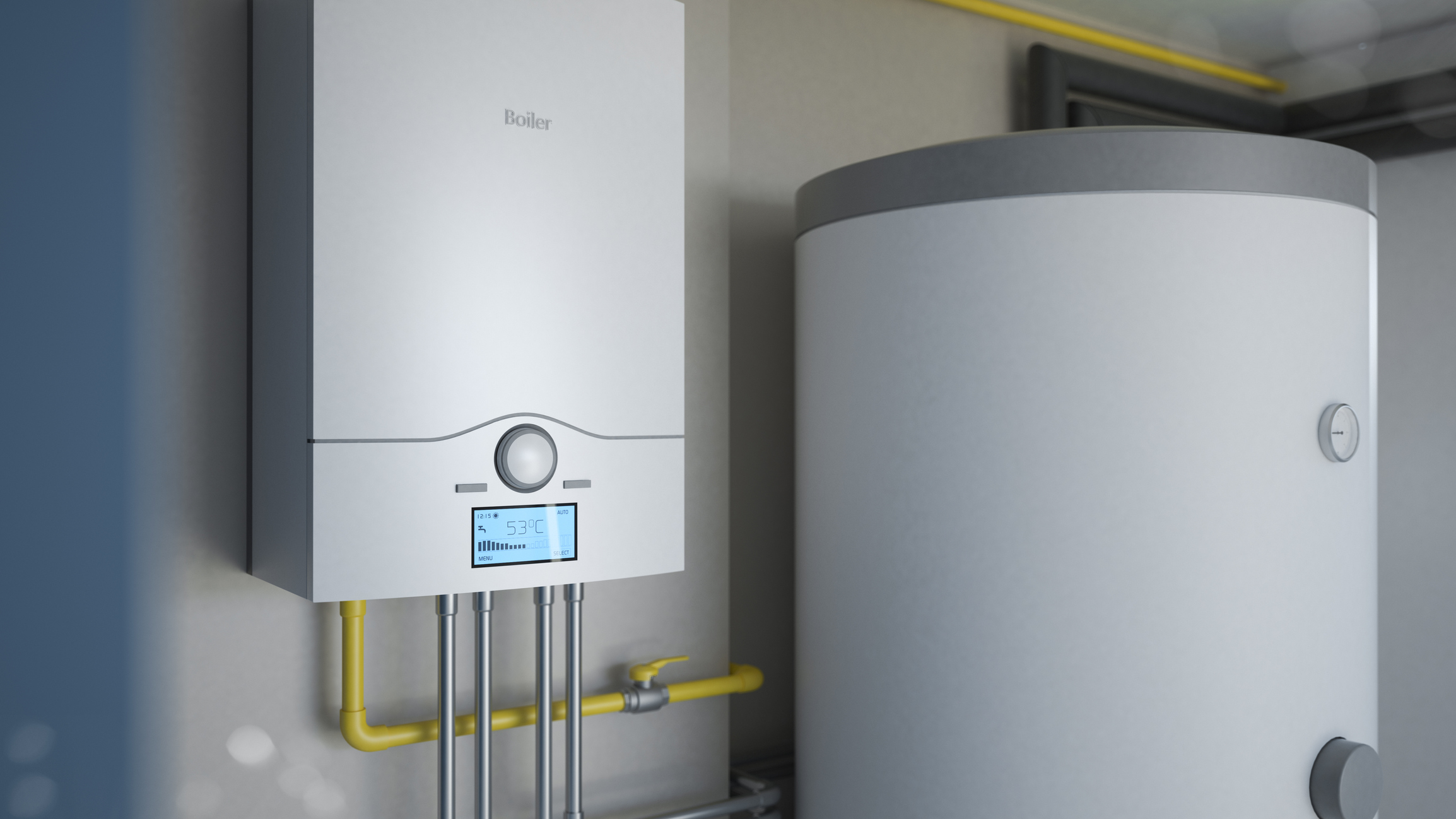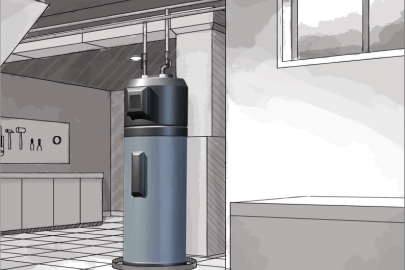Steps to Prolong the Lifespan of Your Home's Hot Water System By MaintenanceKey Guidance on Maintaining Your Home's Hot Water System
This ResourceRight here down the page you might get lots of helpful additional info in relation to Tips on Maintaining a Water Heater.

Hot water is necessary for day-to-day comfort, whether it's for a revitalizing shower or washing dishes. To guarantee your hot water system runs successfully and lasts longer, normal maintenance is essential. This article offers functional tips and understandings on just how to maintain your home's warm water system to prevent disturbances and costly repairs.
Introduction
Maintaining your home's hot water system could seem daunting, but with a few easy steps, you can ensure it operates smoothly for years ahead. This guide covers everything from comprehending your hot water system to do it yourself upkeep pointers and understanding when to contact professional help.
Value of Maintaining Your Warm Water System
Normal upkeep not only extends the life expectancy of your warm water system but also guarantees it runs efficiently. Overlooking maintenance can cause reduced effectiveness, greater power bills, and also early failure of the system.
Indications Your Warm Water System Demands Maintenance
Understanding when your hot water system requires interest can protect against major concerns. Watch out for indicators such as inconsistent water temperature level, strange sounds from the heating unit, or rustic water.
Flushing the Water Heater
Flushing your water heater gets rid of sediment accumulation, boosting efficiency and lengthening its life.
Checking and Replacing Anode Rods
Anode poles avoid deterioration inside the container. Examining and changing them when broken is crucial.
Facility Problems Calling For Specialist Help
Instances consist of major leakages, electrical problems, or if your water heater is constantly underperforming.
Routine Professional Maintenance Conveniences
Expert maintenance can consist of extensive examinations, tune-ups, and making sure compliance with safety standards.
Checking and Readjusting Temperature Settings
Readjusting the temperature level settings guarantees ideal efficiency and safety.
DIY Tips for Maintenance
You can do a number of upkeep jobs yourself to maintain your warm water system in leading problem.
Looking for Leakages
Consistently evaluate pipelines and links for leakages, as these can cause water damage and higher costs.
Recognizing Your Warm Water System
Before diving right into upkeep jobs, it's useful to understand the basic parts of your warm water system. Normally, this includes the water heater itself, pipelines, anode rods, and temperature controls.
Monthly Upkeep Tasks
Routine monthly checks can aid capture minor issues prior to they intensify.
Testing Stress Alleviation Valves
Examining the stress safety valve ensures it works properly and avoids excessive pressure buildup.
Shielding Pipes
Insulating hot water pipes reduces warmth loss and can conserve energy.
When to Call a Specialist
While do it yourself upkeep is beneficial, some concerns need expert know-how.
Verdict
Routine maintenance of your home's warm water system is crucial for effectiveness, durability, and cost financial savings. By adhering to these ideas and recognizing when to look for specialist aid, you can ensure a dependable supply of warm water without unanticipated disturbances.
How to Maintain an Instant Hot Water Heater
Before tinkering with your hot water heater, make sure that it’s not powered on. You also have to turn off the main circuit breaker and shut off the main gas line to prevent accidents. Also turn off the water valves connected to your unit to prevent water from flowing into and out of the appliance. 2. When you’re done, you have to detach the purge valves’ caps. These look like the letter “T” and are situated on either side of the water valves. Doing so will release any pressure that has accumulated inside the valves while at the same time avoid hot water from shooting out and burning your skin. 3. When the purge valves’ caps are removed, you have to connect your hosing lines to the valves. Your unit should have come with three hoses but if it didn’t, you can purchase these things from any hardware or home repair shops. You can also get them from retail stores that sell water heating systems. Read the user’s manual and follow it to complete this task properly. When the hosing lines are connected, open the purge port’s valves. 4. You should never use harsh chemical cleaners or solutions when cleaning your unit. Make use of white vinegar instead. It should be undiluted and you’ll probably use about 2 gallons. 5. Now flush your water heater. This task should probably take about 40 minutes. We can’t give you specific directions for this because the procedure is carried out depending on the type, model and brand of your heater. With that being said, refer to the user’s manual. 6. When you’re done draining the unit, you have to turn off the purge port valves again. Remove the hosing lines that you earlier installed on each of the water valves. Put the valve caps (purge port) back in their respective places and be very careful so as not to damage the rubber discs that are found inside these caps. 7. Now that everything’s back in place, check your user’s manual again to find out how to reactivate your water heating system. 8. Once it is working, turn one of your hot water faucets on just to let air pass through the heater’s water supply pipes. Leave the tap on until water flows smoothly out of it. https://www.orrplumbing.com/blog/2014/september/how-to-maintain-an-instant-hot-water-heater/

As an avid reader on Tips on Maintaining a Water Heater, I figured sharing that portion was a great idea. Are you aware of another person who is sincerely interested in the niche? Take a moment to share it. Thank-you for your time invested reading it.
This Website